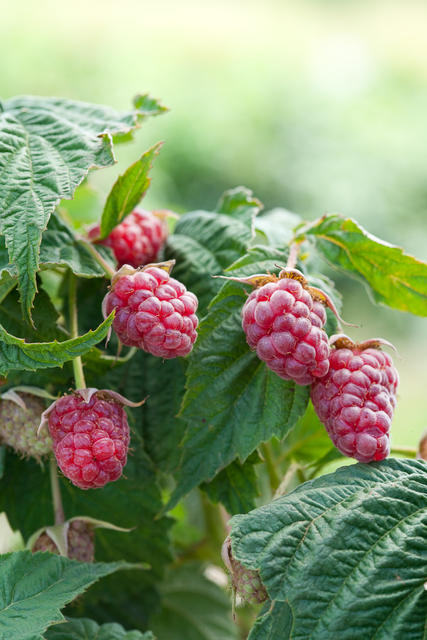Early, warm, dry spring impacts Kentucky horticulture crops
Early, warm, dry spring impacts Kentucky horticulture crops


Many Kentuckians appreciated early spring conditions in March and April; the state’s horticulture crops, however, not so much.
“Everyone’s biggest fear was something similar to 2007, when the state welcomed an early spring, but at a price,” said Tom Priddy, University of Kentucky College of Agriculture meteorologist. “That year brought a devastating freeze in April that decimated many horticulture crops. That same scenario did not materialize as drastically this year, but growers still faced weather challenges that have had a noticeable effect.”
April was one of the 10 driest and 15 warmest on record. That’s a complete turnaround from last year when Kentucky had one of the wettest Aprils on record. But this year, April showers were not bringing May flowers. April 2012 started out on the warm side, then normalized as the days went by, but the state as a whole only received about 48 percent of normal rainfall. It would be safe to say, the plants got a little confused.
“The earlier-than-normal dry conditions have primarily delayed the germination of early spring vegetable crops and resulted in some inconsistent stands,” said John Strang, UK College of Agriculture horticulture specialist. “It has reduced strawberry fruit size in plantings that weren’t irrigated, and there was a little stress in shallowly rooted small fruit crops such as blueberries.”
Strawberry harvest began almost a month earlier than normal, but the dry weather has also improved fruit flavor. Strang added that the substantially earlier harvest probably will not continue for later maturing crops.
“On a positive note, the dry weather has been helpful in reducing apple scab, cedar apple rust and fire blight infections on apples, black rot on grapes and botrytis fruit rot in strawberries,” he said. “We do expect insect problems to be more severe due to the warm weather and early emergence.”
For the state’s grape growers, the biggest impact has come from the unseasonably warm temperatures.
UK College of Agriculture viticulturist Patsy Wilson said the warmer temperatures led to earlier bud break and shoot development in March and April, and that resulted in the loss of primary shoots after the freezing temperatures around April 11 and 12.
“The extent of the freeze damage varies quite a bit throughout the state,” she said. “Some growers had very little damage, while others saw extreme damage. Much of it was dependent on the specific site, cultivar and overall management practices.”
Wilson said currently grapevines are about two to three weeks ahead and some cultivars have begun to set berries.
“We have had several setbacks already, but current temperatures and the relatively low precipitation have reduced disease pressure,” she said. “We really have set the stage now for a great grape-growing season, but until the fruit has been delivered to the wineries, we’ll keep our fingers crossed.”
Priddy said the biggest concern now is drought. Believe it or not, sections of Kentucky have now dropped into severe hydrologic, agricultural drought or abnormally dry status. The latest U.S. Drought Monitor places much of Western Kentucky and a pocket of Central Kentucky in drought. For a county-specific map, visit http://droughtmonitor.unl.edu/DM_state.htm?KY,MW.
For more detailed weather conditions and forecasts, visit the UK College of Agriculture Weather site at http://wwwagwx.ca.uky.edu/.
Horticulture Weather


